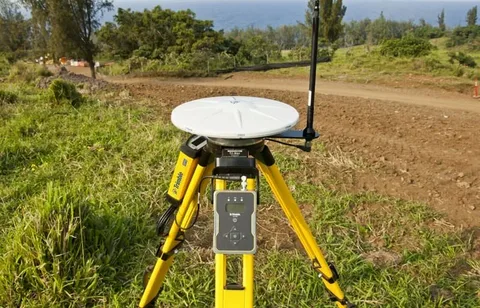Global Navigation Satellite Systems (GNSS) such as GPS, Galileo, GLONASS, and BeiDou play a vital role in modern life. From navigation in smartphones and cars to critical operations in aviation, maritime, agriculture, and military systems, gnss is a backbone of global positioning and timing infrastructure. However, with increasing reliance on these systems comes a growing threat: GNSS spoofing. This article explores the importance of GNSS security, how spoofing works, and strategies to protect satellite navigation from such malicious attacks.
Understanding GNSS Spoofing
GNSS spoofing is a form of cyberattack where false satellite signals are transmitted to deceive GNSS receivers. Unlike jamming, which blocks signals entirely, spoofing manipulates them to create incorrect location or time data. Attackers can cause a target to believe it is somewhere else, at a different speed, or at a different time.
This can have serious implications:
- In aviation, spoofing can mislead aircraft navigation systems.
- In maritime shipping, vessels can be diverted off-course.
- In financial systems, time discrepancies can disrupt transaction records.
As the stakes grow higher, GNSS security must evolve to detect and prevent spoofing attempts effectively.
Why GNSS Security Matters
Securing GNSS systems is not just about protecting devices but ensuring national security, public safety, and economic stability. Key sectors like emergency response, telecommunications, and transportation heavily depend on GNSS for accurate timing and positioning. A successful spoofing attack could lead to massive disruption and even loss of life.
GNSS security is also crucial for autonomous technologies. Self-driving cars, drones, and automated industrial systems need reliable positioning. A spoofed location could cause accidents or operational failures.
Techniques for Protecting Satellite Navigation from Spoofing
To safeguard satellite navigation, several strategies are being developed and deployed:
1. Signal Authentication
New GNSS signals are being designed with built-in authentication, which helps receivers verify that the signals they receive are genuinely from satellites. For example, the Galileo system’s Open Service Navigation Message Authentication (OSNMA) provides this feature.
2. Multi-Frequency and Multi-Constellation Receivers
Using multiple GNSS systems and frequency bands can make spoofing more difficult, as attackers would need to replicate more complex data streams simultaneously.
3. Receiver-Based Detection
Receivers can use algorithms to detect anomalies in signal behavior, such as sudden jumps in position or time. Machine learning models are also being explored to enhance spoofing detection capabilities.
4. Augmentation Systems
Ground-based and satellite-based augmentation systems provide corrections and integrity checks that can detect spoofed data. These systems enhance the accuracy and reliability of GNSS.
The Future of GNSS Security
As technology advances, so do the methods used by attackers. It is critical that GNSS providers, governments, and private organizations invest in research, regulation, and innovation to stay ahead of potential threats. Public awareness and proper training for operators in spoofing detection are also key components of a robust GNSS security strategy.
In conclusion, GNSS security: protecting satellite navigation from spoofing is not just a technical challenge—it is a global priority. By combining technological innovation with coordinated policy efforts, we can ensure that GNSS remains a safe and trusted tool for the modern world.

